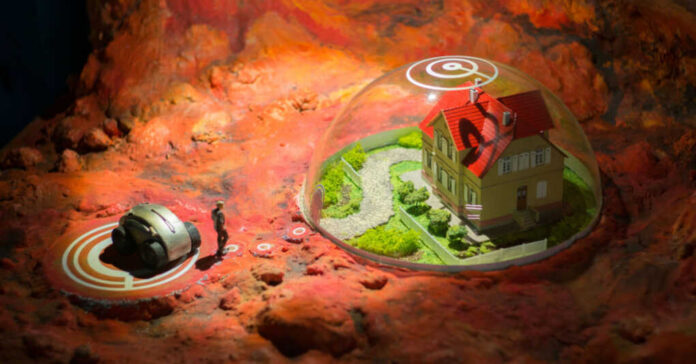
We’ve ruined our planet. At least, that’s what the Democrats want us to believe. Earth is damaged because we insist on driving cars down the road, powering our homes with electronics, and eating juicy cheeseburgers for dinner.
Whether we destroy Earth or not, NASA wants to look at the possibility of living on Mars. It could be a chance to colonize another planet. We could have a “Planet B” for future generations.
It’s not as if we’re going to see moving shuttles to take us to a condo in the sky anytime soon. The process is really just beginning.
NASA has created a virtual Mars habitat where four volunteers have entered. They will remain for a total of 378 days to experience all that the planet has to offer, virtually speaking.
The participants include:
- Kelly Haston, research scientist
- Ross Brockwell, structural engineer
- Nathan Jones, emergency medicine physician
- Anca Selariu, US Navy microbiologist
Notice one of the words missing from all of their credentials? The word “astronaut.” None of them are trained as such, so the mission is focused more on the mission once reaching the planet than it is about spaceflight.
The virtual Mars is located at the Johnson Space Center in Houston. The habitat is 1700 square feet in size and is almost entirely 3D-printed. There will be various mission-based activities that include growing crops, robotic operations, personal hygiene, exercise, spacewalks, and habitat maintenance.
The size of the habitat is meant to be a challenge. It’s smaller than a single-family house but does include crew quarters, two bathrooms, a kitchen, as well as medical, recreation, and work areas.
The researchers will encounter various simulated obstacles that include communication delays and resource limitations.
The news release explained, “The simulation will allow us to collect cognitive and physical performance data to give us more insight into the potential impacts of long-duration missions to Mars on crew health and performance. Ultimately, this information will help NASA make informed decisions to design and plan for a successful human mission to Mars.”
This mission will be the first of a total of three simulations that are planned. Each will take a year.
The information gathered over the course of the three simulations will make it easier for astronauts to be sent to Mars in the future.
As for when we can expect to move to Mars? Perhaps our grandkids or great-grandkids can have such dreams.







